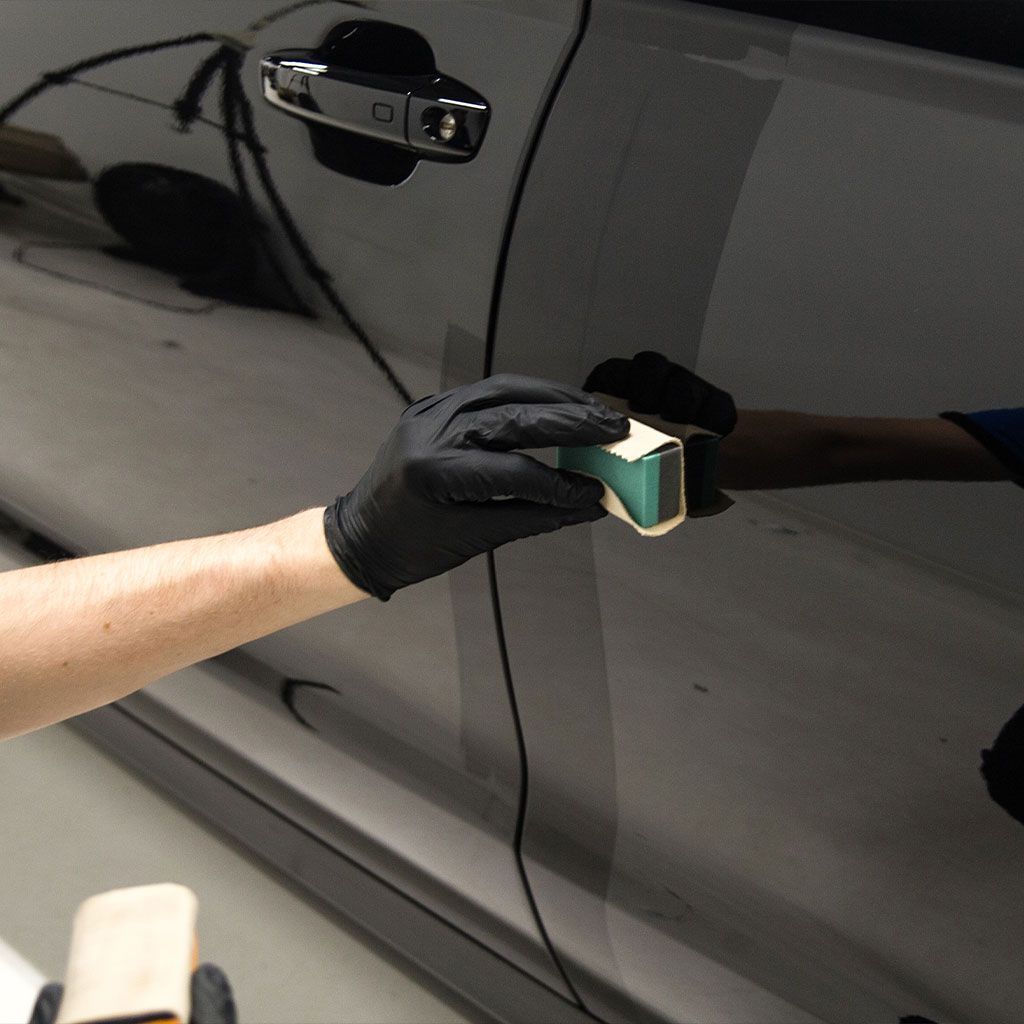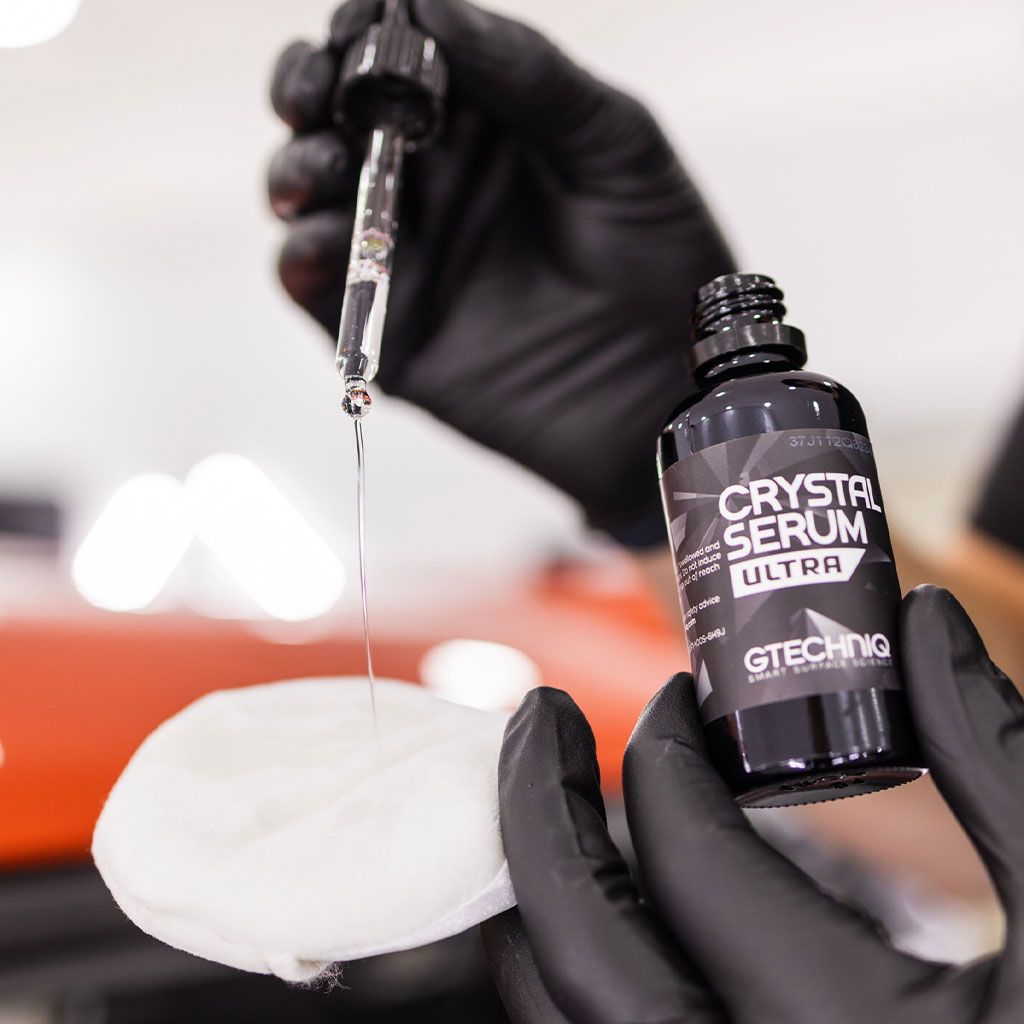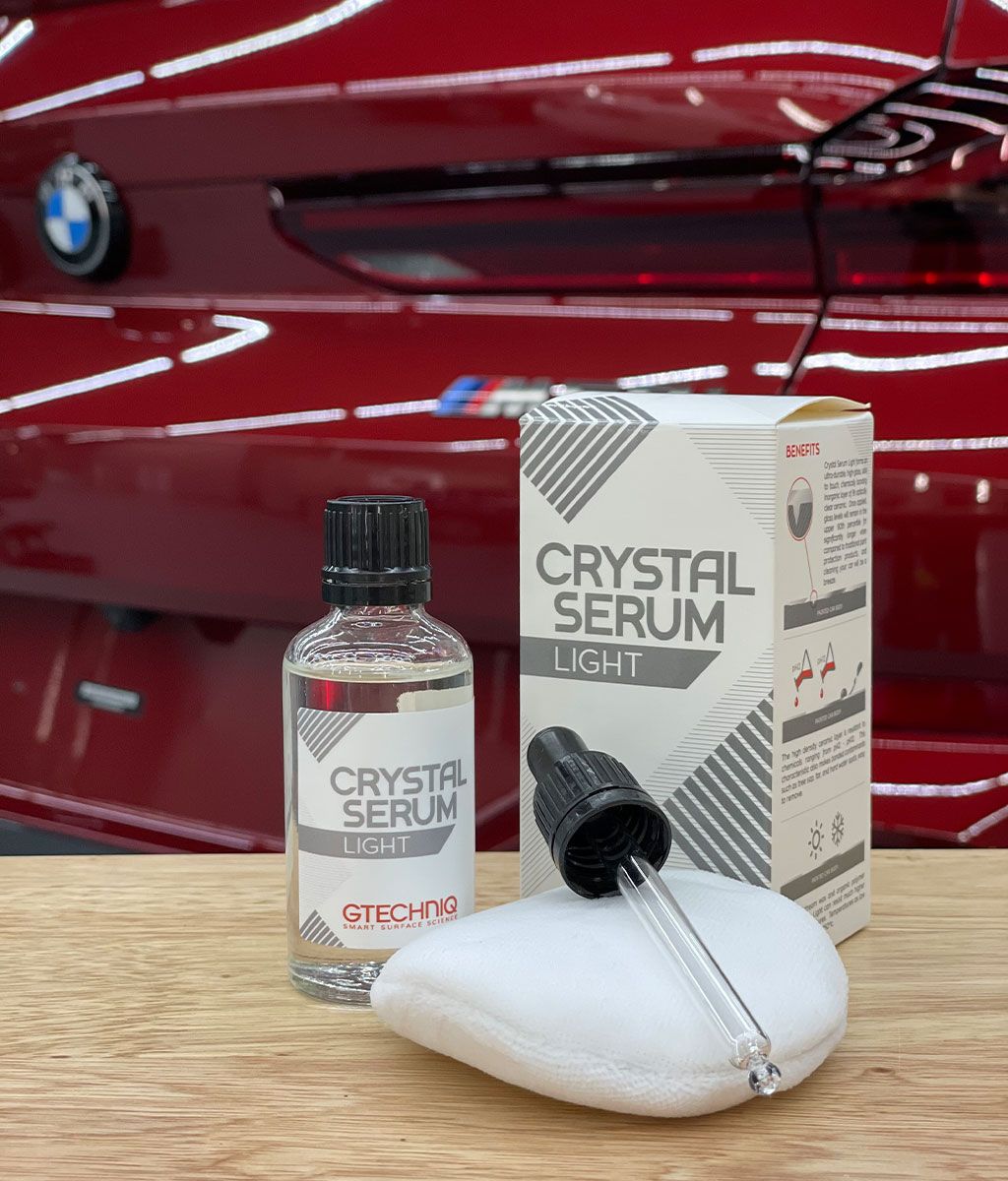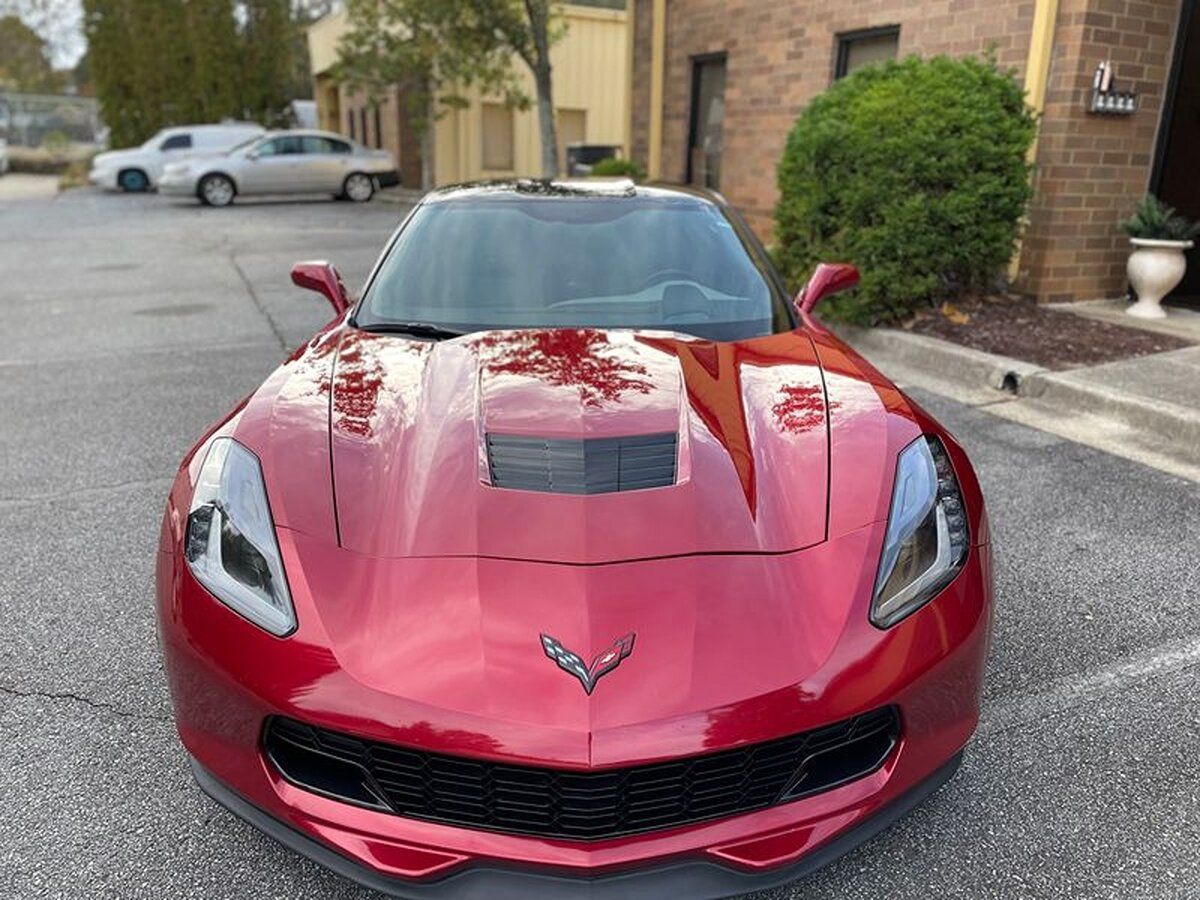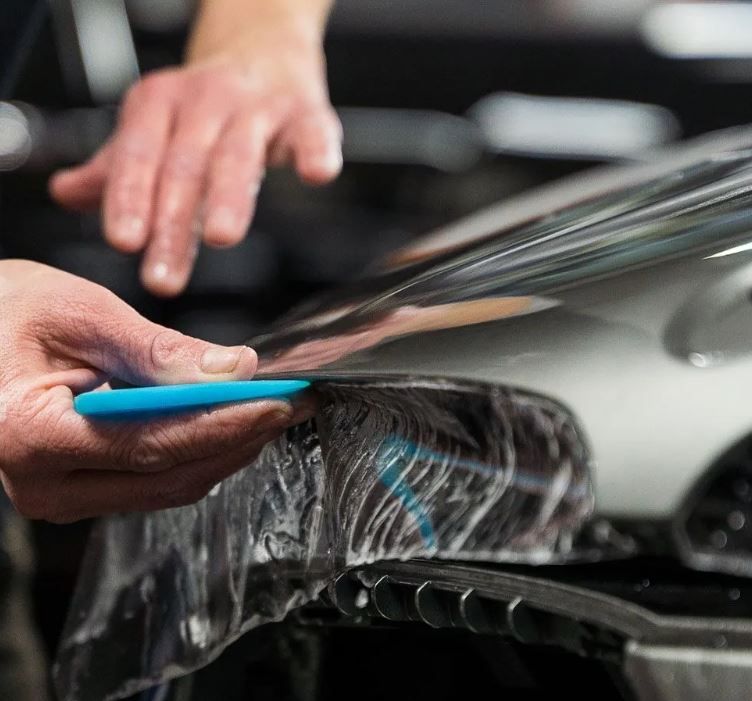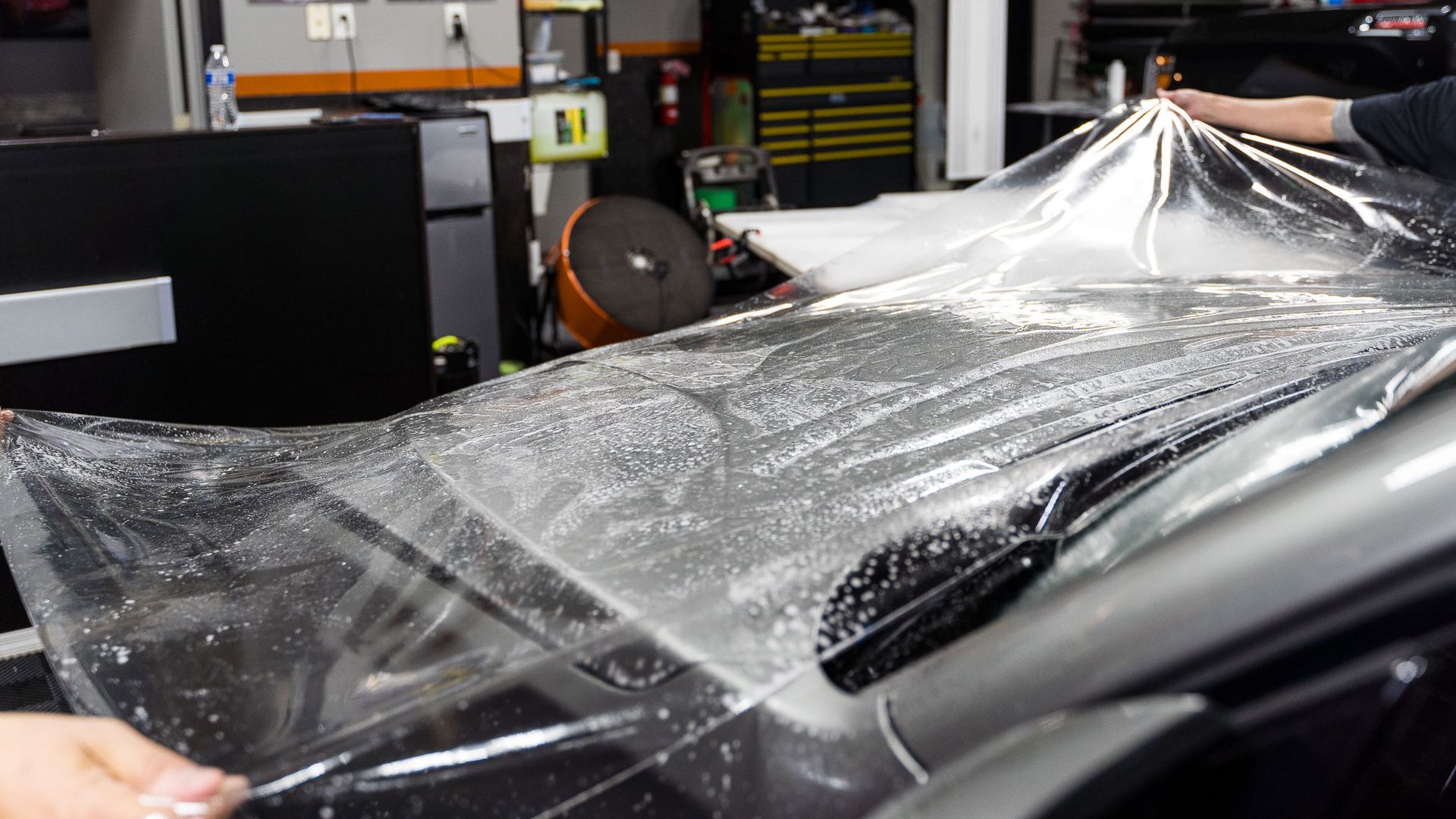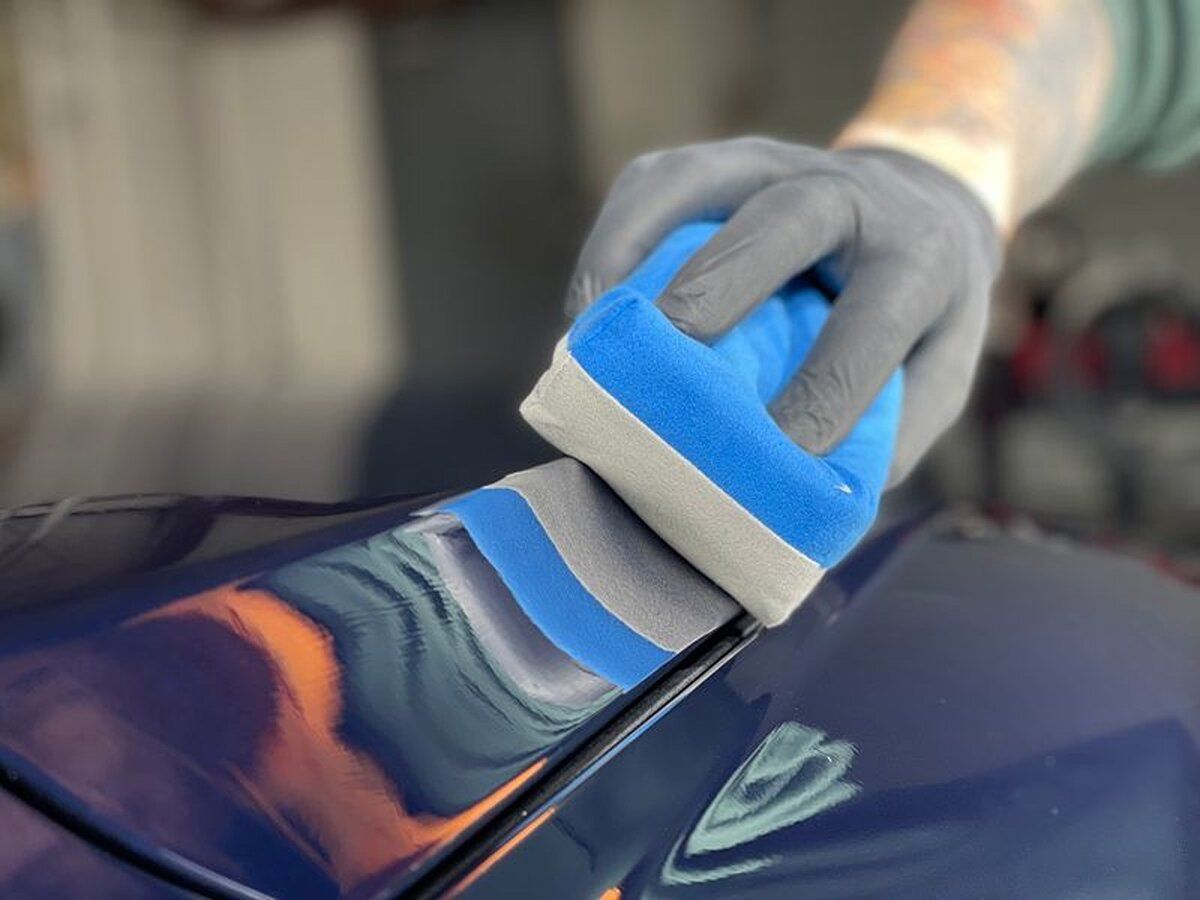Understanding the Importance of UV Resistance in Ceramic Coatings: Benefits and Applications
GET A QUOTECALL (770) 722-3486
Anyone who takes pride in their vehicle knows the disheartening sight of a once-vibrant paint job dulled by relentless sunlight. UV radiation can wreck havoc on exposed surfaces. For those invested in keeping their vehicles pristine, understanding why this happens is crucial. Beyond appearance, ceramic coatings can significantly bolster the longevity and strength of your car’s exterior components. Understanding how UV rays damage surfaces underscores the importance of this innovative protection method.
UV resistance is important in ceramic coatings because it protects vehicle surfaces from degrading effects caused by harmful ultraviolet rays, which can lead to fading, oxidation, and compromised paint integrity. High-quality ceramic coatings with effective UV inhibitors can enhance the longevity of the finish and maintain the vehicle's aesthetic appeal for several years longer than untreated surfaces.
How UV Radiation Affects Surfaces
When we think about the effects of UV radiation, our minds often drift toward the potential for sunburn on our skin or the fading of our favorite pair of shorts left too long in the sun. However, the implications of UV exposure stretch far beyond our personal experiences; they reach into the very structures that surround us, such as our vehicles. This invisible enemy works silently but decisively, wreaking havoc over time.
- Fading and Discoloration: One of the most immediate indicators of UV damage manifests in fading and discoloration. You'll notice this when your once-vibrant car paint begins to look dull under sunlight after many seasons outdoors. As UV rays penetrate deeper into materials, they cause chemical bonds within dyes and pigments to break down. This degradation results in a faded appearance that can diminish both aesthetic appeal and property value.
- Structural Damage: Beyond aesthetics, prolonged UV exposure significantly impacts physical integrity. For instance, plastics are particularly vulnerable—an excellent case study being photo-oxidation, where UV rays catalyze reactions leading to brittleness and cracks. Metals aren’t spared either; they undergo what’s known as photo-corrosion, increasing susceptibility to rust and other forms of degradation. With consistent exposure to harmful UV rays, surface cracking and peeling might occur more frequently than before.
With these adverse effects clearly outlined, it becomes evident how critical protective features can benefit surfaces exposed to damaging elements.
Benefits of UV-Resistant Ceramic Coatings for Cars
UV-resistant ceramic coatings offer a powerful solution for protecting your car’s exterior against the damaging effects of ultraviolet rays. These coatings provide long-lasting benefits that enhance the appearance, durability, and sustainability of your vehicle, making them an essential investment for car owners.
- Prolongs Material Lifespan: UV-resistant coatings act as a shield against harmful ultraviolet rays, preventing premature aging, cracking, and fading. Surfaces treated with high-quality UV coatings can experience lifespan extensions of up to 50%, making them ideal for vehicles and outdoor equipment exposed to harsh sunlight.
- Preserves Structural Integrity: Cars treated with UV-resistant ceramic coatings maintain their structural integrity far longer than untreated vehicles. By minimizing wear and tear caused by UV exposure, these coatings reduce the likelihood of repairs and repainting, saving owners both time and money in the long term.
- Keeps Vehicles Showroom-Ready: UV coatings ensure your car retains its aesthetic appeal by preventing oxidation and fading. These coatings keep the paint job vibrant and glossy, allowing car owners to enjoy a stunning, like-new appearance for years. Many owners report glowing results, with their vehicles consistently turning heads on the road.
- Contributes to Sustainability: By extending the life of surfaces and reducing the need for frequent repairs or replacements, UV-resistant coatings help conserve resources. This reduction in material waste and manufacturing demands supports broader environmental sustainability efforts, making it an eco-friendly choice for car owners.
- Provides Cost-Effective Protection: The durability of UV-resistant ceramic coatings translates into significant financial savings over time. By protecting your car from sun damage and reducing maintenance needs, these coatings offer a cost-effective way to preserve your vehicle's value and performance.
UV-resistant ceramic coatings are more than just a protective layer—they’re an investment in your vehicle's longevity, appearance, and sustainability. By choosing these coatings, car owners can enjoy enhanced protection, reduced costs, and a commitment to eco-conscious practices, making them a smart choice for any vehicle.
Technology Behind UV Resistant Coatings
At the heart of UV-resistant coatings lie cutting-edge technologies that enhance their efficiency and longevity.
- Nanotechnology: One prominent aspect of these advancements is nanotechnology, which has revolutionized how we approach UV protection. When we talk about nanotechnology, we're referring to the incorporation of nanoparticles into the coatings—these minuscule particles are so tiny that they can't be seen with the naked eye, yet they pack a powerful punch. These nanoparticles work by reflecting and scattering UV rays, thus preventing them from penetrating surfaces and causing deterioration. It's as if they form an invisible shield over the material being protected. This protective layer halts the degradation process while preserving the aesthetic qualities of surfaces, ensuring they maintain their original appearance for longer.
- Additives and Inhibitors:
Additives and inhibitors are essential components that bolster these coatings' efficacy against UV exposure. These compounds play a critical role in neutralizing free radicals that can cause significant damage during prolonged sunlight exposure. By incorporating additives and inhibitors into coatings, manufacturers provide an added layer of protection that aids in longevity and effectiveness. For instance, automotive waxes often contain these inhibitors, ensuring that vehicles not only look polished but are also safeguarded against UV damage. The fascinating aspect here is how these inhibitors act in tandem with the nanotechnology already at play, creating a comprehensive defense system against environmental deterioration.
Key Considerations for Choosing UV Resistant Coatings
When selecting a UV-resistant coating, understanding its features is essential for making an informed decision. By focusing on factors like durability, surface compatibility, and environmental impact, you can ensure your coating provides optimal protection and long-term value. Here's a breakdown of the critical elements to consider:
- Durability and Longevity: Durability is a cornerstone of effective UV-resistant coatings. Look for products offering warranties between 5 and 10 years, as these indicate manufacturer confidence in the product's ability to withstand environmental wear, including UV exposure. Long-lasting coatings not only save money over time but also provide consistent protection for your surfaces.
- Matching Coating to Surface Needs: Different surfaces have unique vulnerabilities, making compatibility a critical factor. For instance, automotive coatings are tailored for metal or glass but may not suit wooden or fabric surfaces. Selecting a coating specifically designed for your material ensures optimal adhesion, effectiveness, and preservation of the surface’s inherent properties, much like pairing complementary flavors in cooking.
- Environmental Impact: With eco-consciousness on the rise, choosing environmentally friendly coatings has become increasingly important. Opt for options free from volatile organic compounds (VOCs) to reduce health risks and improve air quality. Certifications provide assurance that the product minimizes environmental harm while meeting high performance standards.
By evaluating durability, surface compatibility, and environmental impact, you can confidently choose a UV-resistant coating that meets your needs. Thoughtful decisions enhance the performance and lifespan of your investment while aligning with sustainable practices. Protect what matters most with a choice that benefits both you and the planet.
Top-Notch Ceramic Coating Services in Marietta, GA
Shield your vehicle with the unmatched durability of
ceramic coating services from LeJeune Ceramic Coating & Paint Protection in Marietta, GA. Our top-notch coatings provide long-lasting protection against UV rays, dirt, and environmental contaminants while delivering a stunning, glossy finish that turns heads. Backed by skilled application and premium products, we ensure your car's paint stays vibrant and easy to maintain for years. Protect your investment—book your ceramic coating service with us today! Call us at (770) 722-3486 to get started!
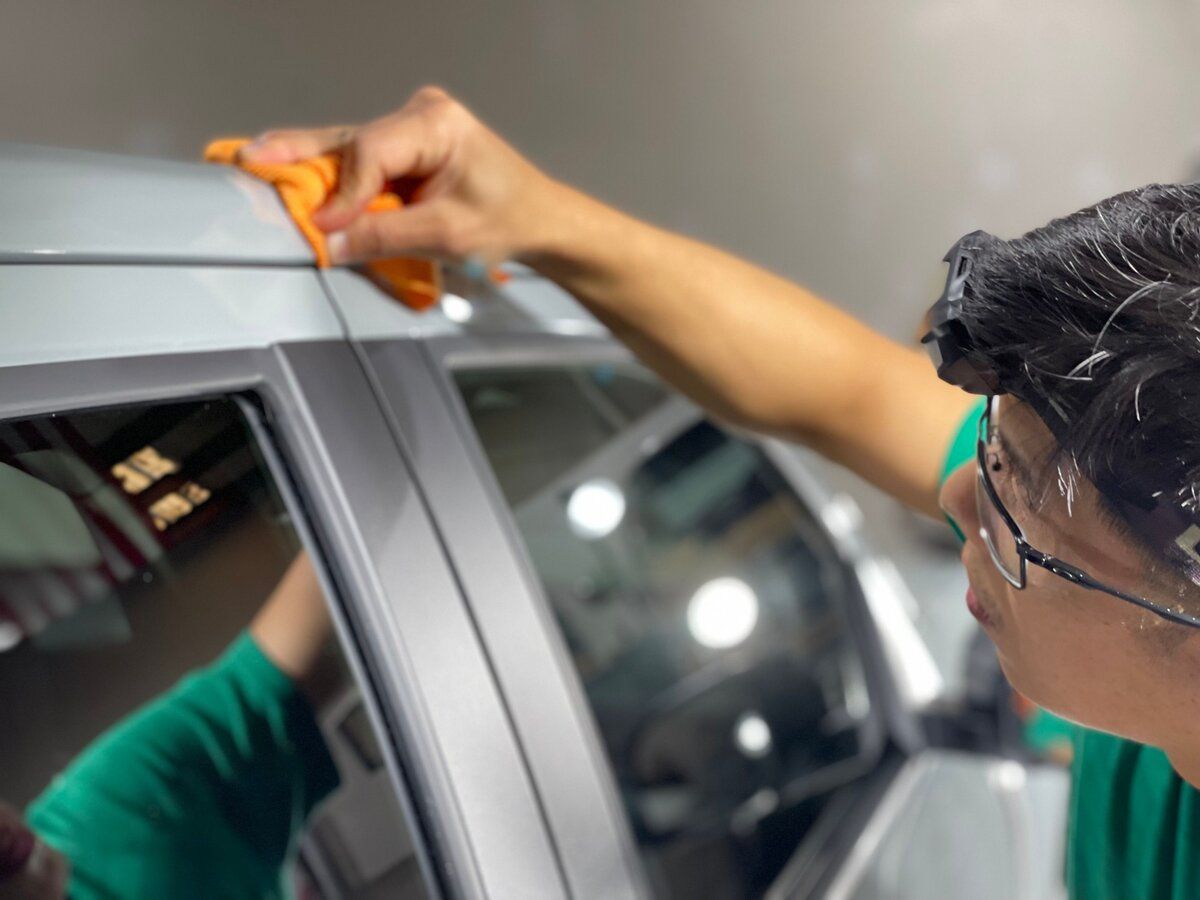

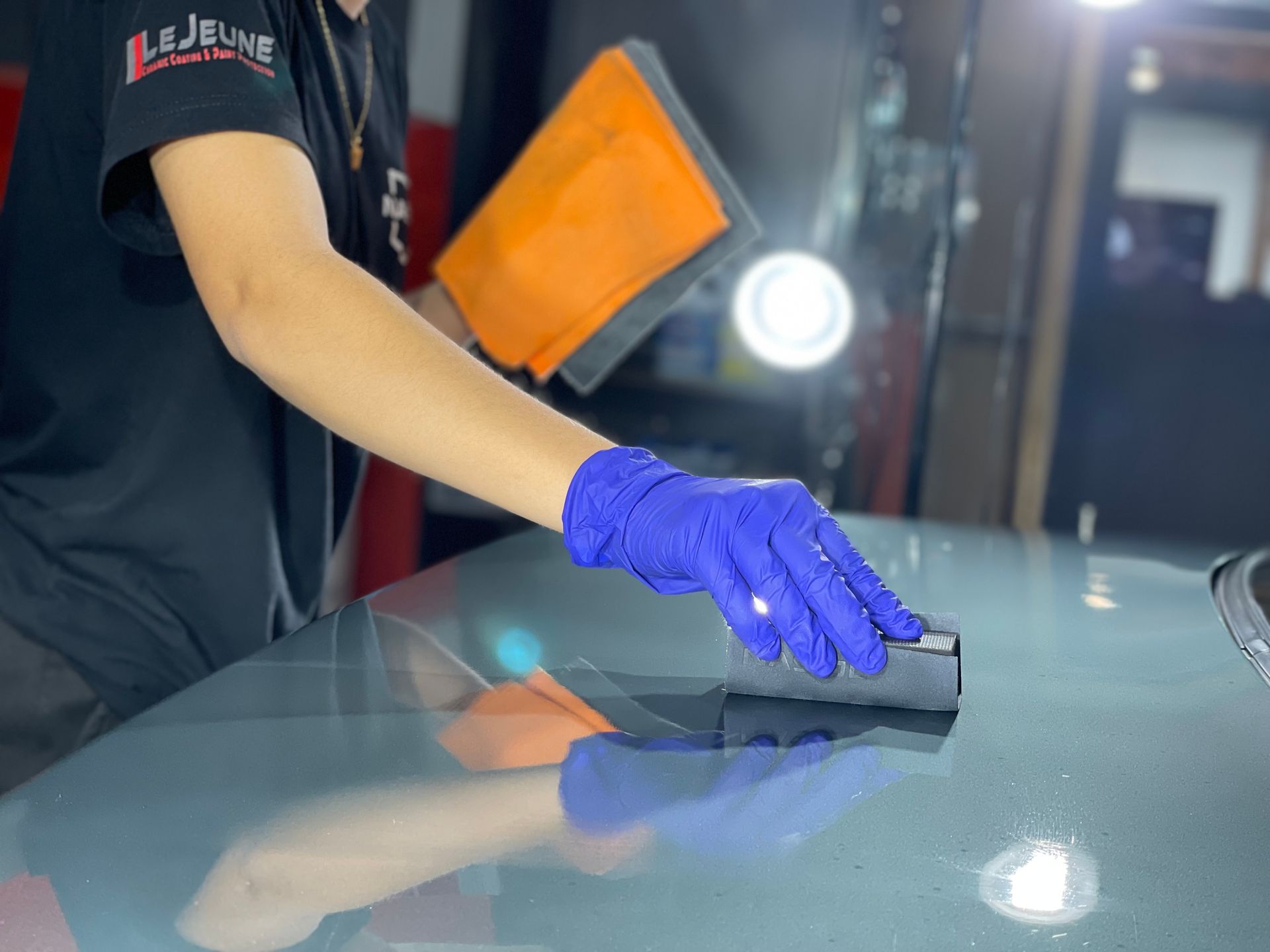
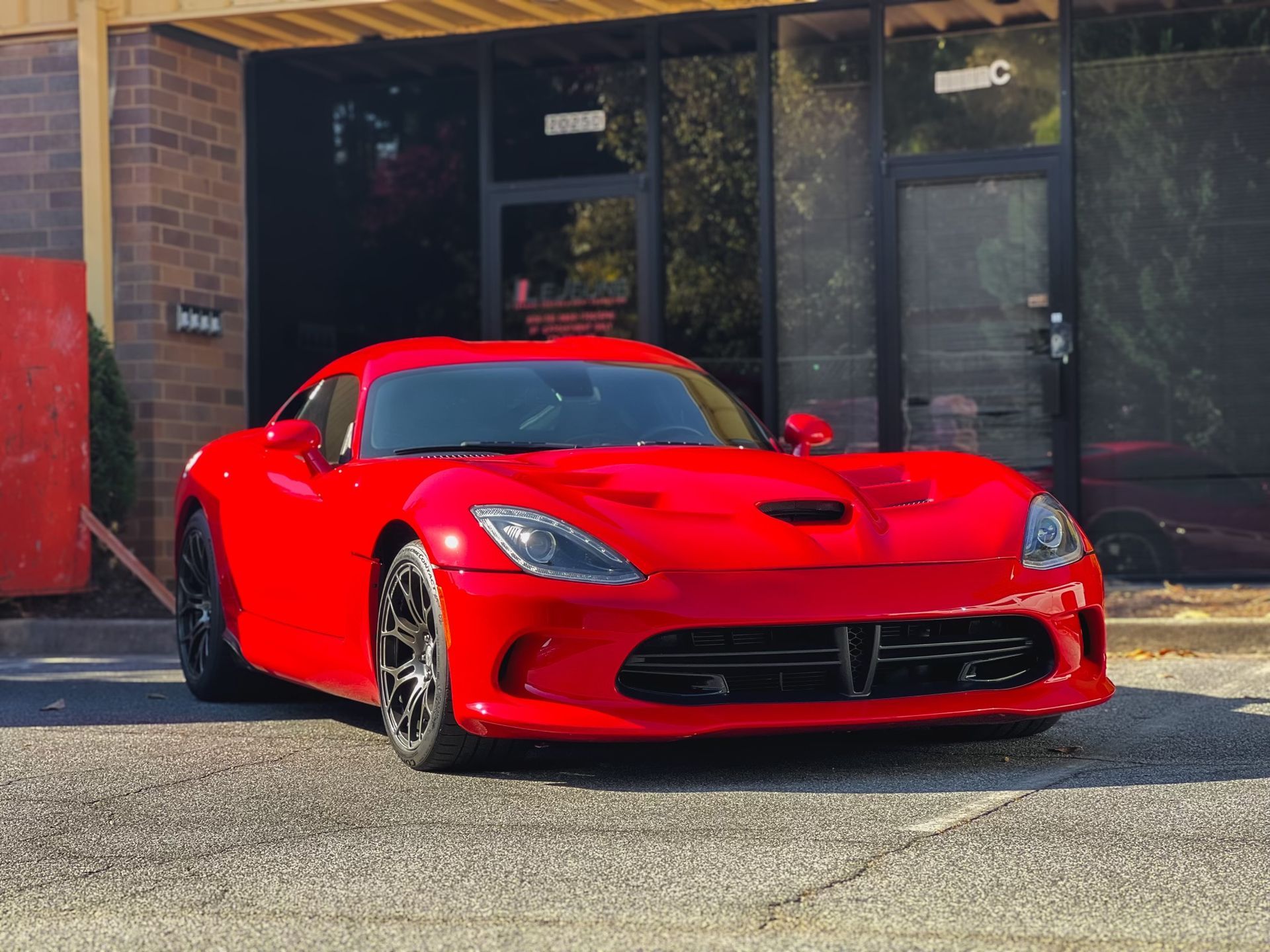

LeJeune Ceramic Coating & Paint Protection arrived on the auto detailing scene in 2019, built on the lifelong passion for car, truck, and SUV care and profound paint protection packages that feature high-end ceramic coatings, paint protection film, and even Dr. Beasley’s Matte Nano-Resin Pro. Always on staff, we have professional certified vehicle detailers and paint correction experts that bring and maintain vehicle value on all makes and models in the Marietta, Georgia area. Only at our auto detailing shop will you get the level of attention to detail and products that we work with.
Quick links
Our Location
2052 Airport Ct SE, Suite D Marietta, GA 30060 United States
CONTACT US
Phone: (770) 722-3486
Email: info@lejeunedetailing.com
Designed by the team at Detailers Roadmap, a platform developed for detailing operators across the globe.
All Rights Reserved | 8bitcreative, LLC | LeJeune Ceramic Coating & Paint Correction


